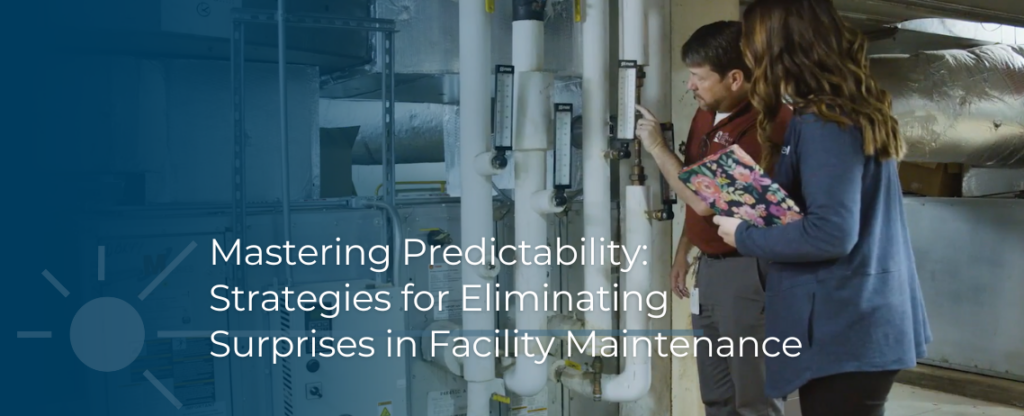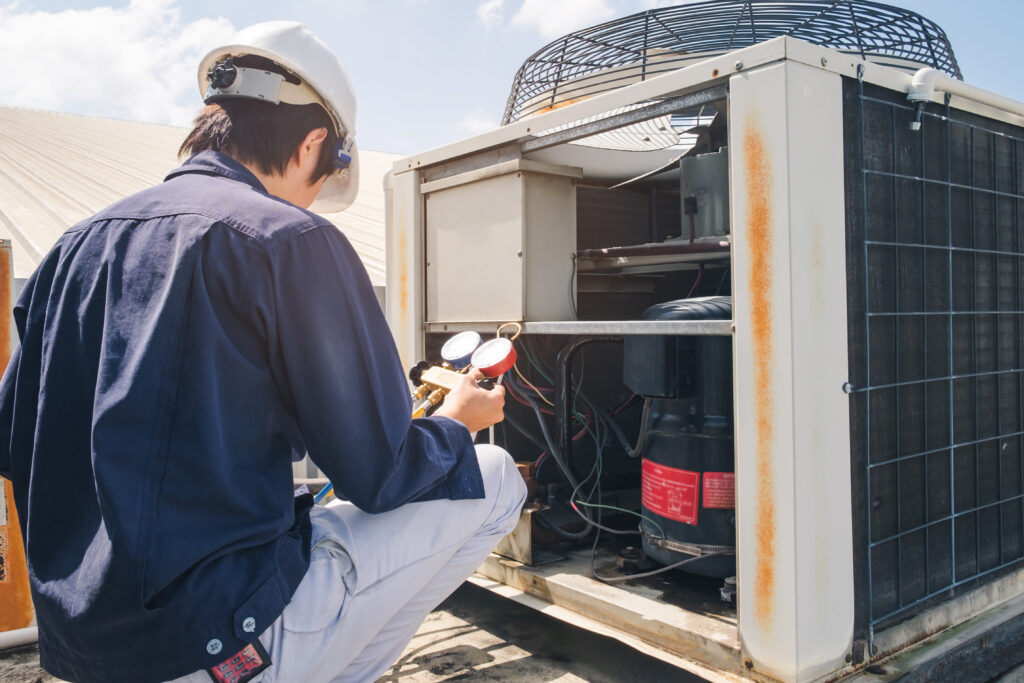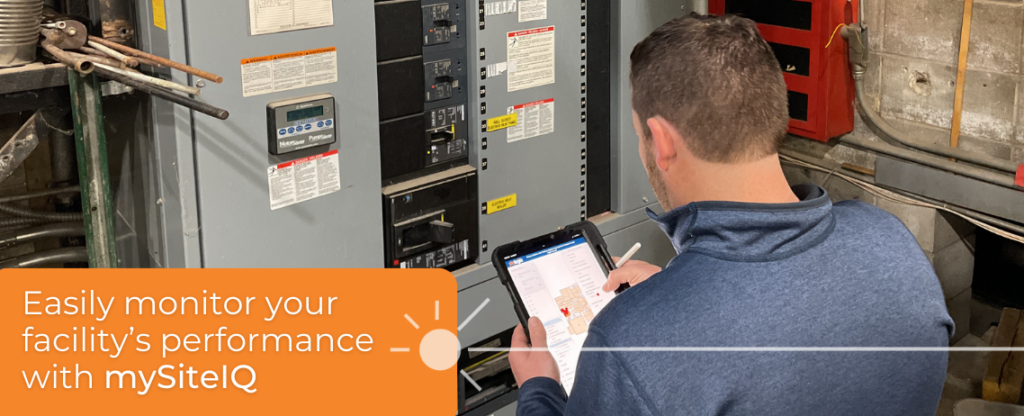
Brian Peters, mySiteIQ Product Marketing & Management and Ryan Hoest, mySiteIQ VP of Tech Solutions
A water main leak can turn into a major break costing thousands you didn’t budget for, an unnoticed override in automated systems can increase your monthly utility bill, or a furnace malfunction can require you closing your doors for an emergency repair. Aging equipment and systems, energy inefficiencies, and deferred maintenance can all negatively impact the performance of your facility and the well-being of those who occupy it.
Surprises can be detrimental to your facility’s operations. They lead to late nights, missed dinner, awkward conversations with administration, upset students and teachers, and more. Most surprises can be avoided. Keep reading to hear how proactive monitoring of your facilities can eliminate surprises and make things more predictable.
Facility performance refers to the effectiveness and efficiency of a physical space or infrastructure in fulfilling its intended purpose. Whether a hospital, school building, office, multifamily housing, or automotive dealership, it’s critical to have insight into how the facility is operating to ensure the health and safety of its occupants.
Understanding Facility Performance

Facility performance can be broken down into two key areas:
- Operational facility performance
- Functional facility performance
Operational facility performance includes the physical assets throughout the facility, from blacktop to rooftop and all the equipment in between. It also includes assessing how each is performing based on their various areas of spend – including energy usage, maintenance and cleaning, long-term replacement needs, etc.
Functional facility performance considers how the facility and assets perform together. This includes looking into areas such as indoor air quality and temperature controls to ensure occupant comfort and health; measuring and auditing code compliances; and utilizing the building space efficiently.
These performance areas provide valuable insights into a facility’s current condition to help you make informed decisions and plan for the future. Some key benefits to tracking facility performance include:
- Lower operational costs and energy usage by identifying and correcting inefficiencies
- Develop a long-term facility maintenance plan by detecting signs of potential issues before they lead to break and fix scenarios or major failures
- Utilize data collected as a basis for informed decision making and capital planning
- Protect the health, safety, and comfort of your building’s occupants
- Ensure that your facility complies with regulations and industry standards
- Compile history of facility assets and current conditions to assist with seamless succession planning and employee turnover
Evaluating Facility Performance
An effective monitoring program can help you eliminate the surprises and reduce the chaos that your facility team deals with on a daily basis. Monitoring and assessing facility performance often involves the use of various key performance indicators (KPIs), data analysis, and regular evaluations. A facility condition assessment can act as a tool to provide insight into the current state of facility and assets. KPIs we often consider when working to understand a facility’s performance include facility condition index, comfort index, and energy usage.

The facility condition assessment is utilized to gain an understanding of deferred maintenance issues and answers these questions: what assets are past their lifecycle and are in need of replacement, what systems are failing or operating efficiently, and is there equipment wear and tear that needs to be fixed?
Comfort assessment focuses on the occupants’ comfort and safety by gauging temperature preferences and indoor air quality. For example, you may uncover that occupants find the building to be too cold in the summertime. By adjusting the temperature controls, occupant comfort can be improved while lowering utility costs. In addition, indoor air quality can impact the health of occupants and their performance. It’s important to gain an understanding of CO2 levels and monitor room ventilation.
Lastly, energy usage helps you gain a better understanding of your energy efficiency, or inefficiency. Comparing energy consumption with utility bill spend can help identify areas of concern and opportunities to improve efficiency and lower operational costs. For example, by closely monitoring energy usage, you may discover that systems are running during off peak hours while your building is closed, thus incurring unnecessary utility spend. By adjusting control systems, you can improve overall carbon footprint and experience utility savings each month.

How mySiteIQ Can Help
mySiteIQ, our technology-enabled service offering was created to help you easily monitor your facility’s performance. Through a vigorous combination of technology and energy analysts and operational advisors, mySiteIQ gives you valuable visibility into building assets, access to schedules and budget scenarios, and key performance metrics to keep you informed and help meet your short- and long-term facility goals.
Contact us today to learn how we can help you with facility and asset management, capital planning, energy benchmarking, and more.






